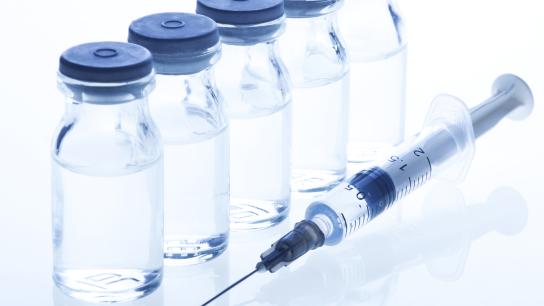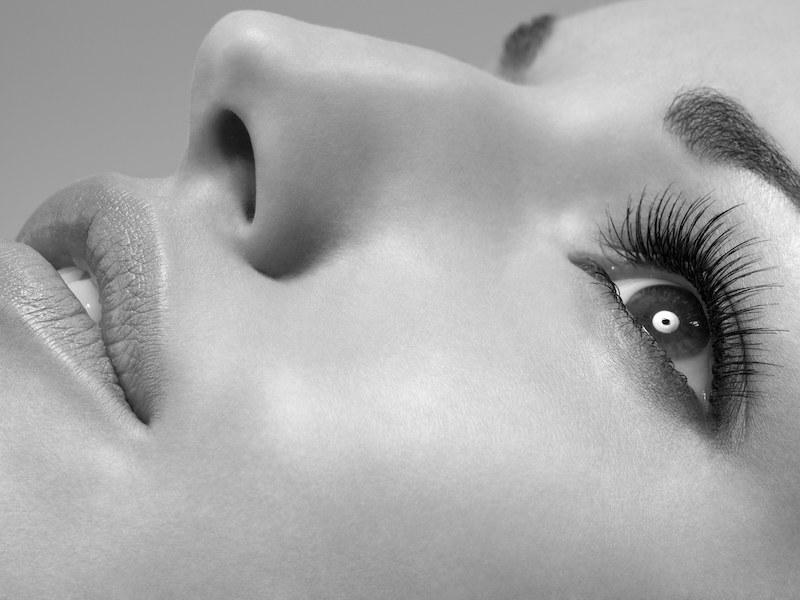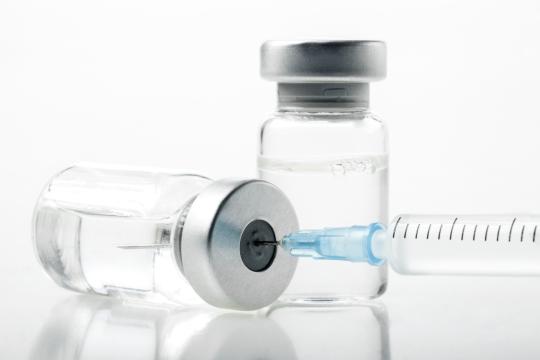
We’re going to start today’s blog out on the drier side with a little marketing term… genericide. Genericide is the process in which a brand name loses its distinctive identity due to everyone and their mother using it to refer to any and all like products (*yawn). Think Kleenex, Q-Tip, Band-Aid, Speedo—all of these names likely conjure up a variety of similar mental images (apologies for that last one), none of which are really all that specific to the individual product intended by said product’s creator.
You: Tell me what this has to do with Botox? Can you stop speaking in tongues?
Us: Yes. Yes, I can.
Our point is that not all “botox” is actually Botox, in fact there are a handful of neuromodulators on the market today, each with their own wrinkle-busting powers. Would you like to meet them? Good. Let’s go.
Neuro-Who?
First things first. A neuromodulator is a form of botulinum toxin type A approved by the FDA for cosmetic and medical purposes. Yes, that includes smoothing out the fine lines and wrinkles we all know and love them for, but it also includes treatment of migraines, an eye twitch, asymmetrical facial features, a clenched jaw, excessive sweating, urinary incontinence, etc…
But let’s get back to a neuromodulator’s ability to iron out wrinkles and fine lines. An injection of botulinum toxin works to penetrate a site-specific nerve terminal to prevent the release of acetylcholine—a natural compound of the nervous system that acts as a neurotransmitter. Without acetylcholine, your nervous system temporarily looses its ability to communicate with the injected area, “paralyzing” the muscle, and putting an end to the scowling, frowning and/or squinting that caused the fine lines and wrinkles in the first place. #medicalscience
And now, without further ado, I give you our contenders.
Botox:
One reason that Botox (manufactured by Allergan) is the biggest dog on the block is that it’s been around the longest, having received FDA approval in 1989. Another reason, however, is brand recognition. As more consumers and injectors are familiar with the name Botox, and comfortable with its popularity and results, that’s the brand they are more likely to turn to. Yes, that runs along the same line as the aforementioned "genericide", so let's all agree that popularity can be a double-edged sword.
Outside of the fact that Botox contains an additional protein that separates from the botulinum toxin after injection, there is really very little difference between neuromodulator brands—they are all quite similar in terms of their ability to stop a muscle from contracting, and the length of time your results will last. Let’s meet the others anyways, shall we?
Dysport:
Manufactured by Medicis and approved by the FDA in 2009, Dysport is the middle-child of the neuromodulator family—a popular form of botulinium toxin, but not nearly as popular as its older-sibling, Marsha (aka. Botox). The wrinkle-busting abilities of Dysport are similar to that of Botox, with efficacy, duration of results, and side effects (a chance of bruising, swelling, and headache) being generally the same.
The differences? For starters, Dysport is diluted differently than Botox, which may mean that you'll need a higher quantity of Dysport than you would with Marsha (Botox)—this may also account for the fact that Dysport is sometimes less expensive than Botox, but if you need more injections then it kind of evens itself out, no? Dysport tends to work faster than Botox too, and can spread to a larger area due to its composition of smaller molecules. This can work for or against the patient depending on what area you’re treating, so… you know… be aware.
And finally…
Xeomin:
This neuromodulator is the baby sibling (and the one with the most super-hero name) of the neuromodulator market. Manufactured by Merz and approved by the FDA in 2011, Xeomin is just as capable of smoothing out the fine lines and wrinkles that vex you, the results will last just as long, and the side effects are typically the same. The difference is that Xeomin is a “naked” neurotoxin—straight botulinum toxin-A—that doesn’t contain the same added proteins that cluster around Botox’s active molecule. It’s “nakedness” means that it doesn’t require refrigeration, which makes a difference in the storage and distribution of the product—but probably doesn’t make a rat’s hair of difference to you. What might make a rat's hair of difference is that Xeomin can take a little longer to see results (about 4 days to Botox’s 72-hours and Dysport’s 24-hours).
It’s good to be aware of all of your options when it comes to any injectables like neuromodulators or dermal fillers, and while there is very little difference between the products themselves, there are definitely patients and injectors who are loyal to Team Botox, Team Dysport and/or Team Xeomin. So how do you decide what neuromodulator is right for you?
Step 1: Pack up your realistic expectations and your new knowledge of the three main brands on today’s market.
Step 2: Toss that Botox party RSVP in the trash—injectable parties are not an appropriate place for any cosmetic treatment or procedure. Trust us.
Step 3: Seek out a board-certified plastic surgeon or dermatologist with a solid injection technique and lots of experience, and discuss with them the wrinkles or lines that are bothersome and which product is best to treat them.








